Log in or create new account to save this product to your wishlist.
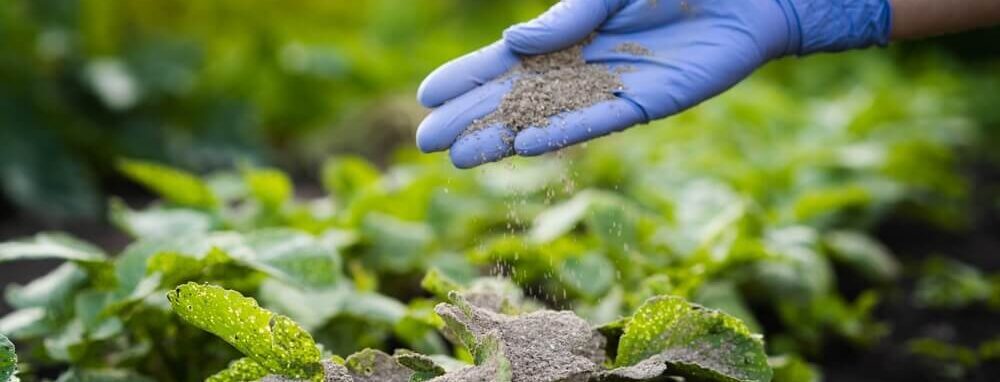
Volcanic Rock Dust for Your Garden—Application and Tips
Did you know that volcanic rock dust is a brilliant organic soil improver? This article explains exactly what it's good for and how to use it properly.
Perhaps you’ve noticed that fruits and vegetables don’t taste quite as good as they used to ‘back in the day’. This is partly because they receive fewer nutrients. After years of farming, the soil has become depleted and less mineral-rich. Fortunately, there’s something you can do about it – apply forms of volcanic rock dust. This natural soil enhancer contains more than 80 different trace elements.
- What is volcanic rock dust?
- Why use volcanic rock dust for plants?
- Applying rock dust: proven methods
- FAQ about rock dust
- Volcanic dust—a powdery treasure for your garden
In this article, we’ll guide you step by step through what volcanic lava rock is, why it’s so beneficial for your soil, and how to apply it correctly to achieve the best results.
What is volcanic rock dust?
As garden experts, we’re absolutely fascinated by lava dust. This finely ground volcanic material has been used for centuries to enhance organic soil and strengthen plants, as the powder is rich in essential minerals such as calcium, magnesium and potassium.
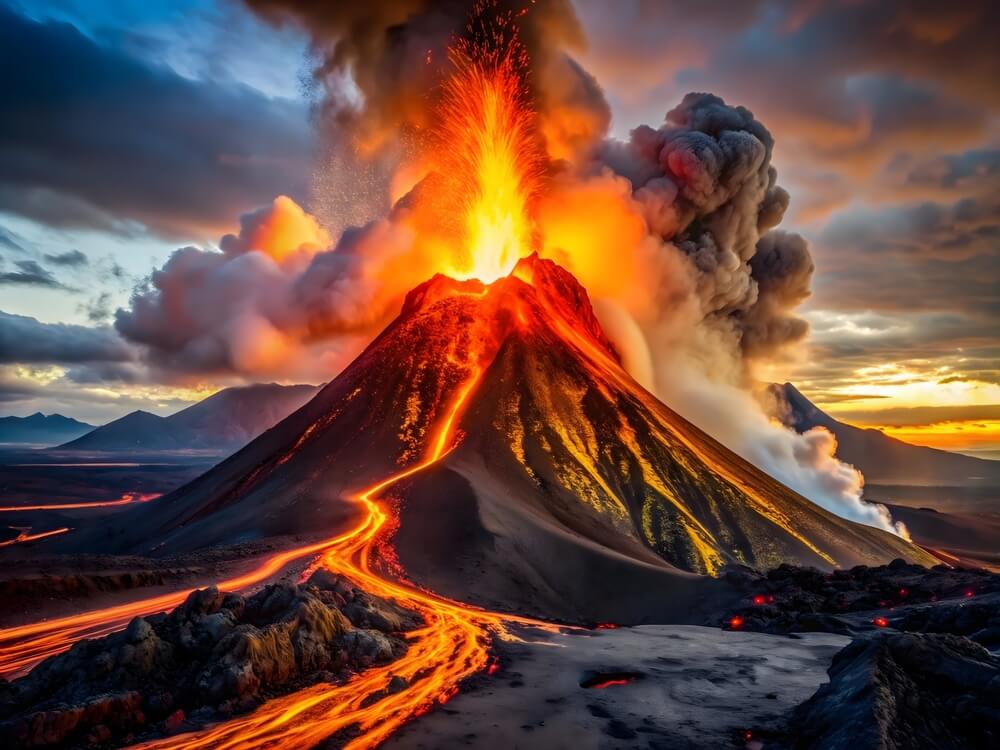
With just 250g of volcanic rock dust per square metre, you’ll notice a remarkable difference in your plants’ growth and yield. Moreover, it binds CO₂ in the soil and naturally protects your plants from diseases and pests. Most of the rock dust available here comes from the Eifel region, where ancient volcanoes have created mineral-rich deposits.
Unique composition
Volcanic rock dust contains silica, which is crucial for nutrient absorption. Additionally, it contains calcium (10 to 15%), magnesium (3 to 7%), iron (10 to 12%) and phosphorus (0.4 to 0.8%). These minerals work together as a natural team to make your soil healthier and more fertile.
The brilliant thing about volcanic rock dust is that it doesn’t wash away and remains effective in the soil for years. Compared to artificial fertilisers, it’s a far more sustainable choice for your garden.
Rock dust vs rock mulch—what’s the difference?
We’re often asked about the precise difference between rock dust and rock mulch. The distinction lies in the particle size. Volcanic rock dust is ground incredibly fine, with each particle measuring between 0.022 to 0.1 mm. This allows plants to absorb nutrients quickly and efficiently.
Rock mulch, on the other hand, has coarser particles ranging from 1 to 3 mm. Nutrient absorption occurs more gradually—approximately one-third is released in the first year, with the remainder following in subsequent years. Both improve organic fertility and soil chemistry, as well as disease resistance.
In practice, use volcanic rock dust for:
- Soil mineralisation
- Pest control through dusting
- Strengthening plant cells
Use rock mulch for:
- Improving soil structure
- Loosening clay soil
- Long-term nourishment of perennials
Is volcanic dust toxic?
Good news: This organic soil improver is completely safe. It contains no toxic substances and is harmless to humans, pets, and plants. As a pure natural product, it has no adverse environmental impact.
Just be careful when spreading the powder—like any fine dust, it can irritate your airways if inhaled. We always recommend wearing a mask during application to protect your lungs.
Another significant advantage: You can’t overdose with volcanic rock dust. It contains no aggressive substances that could lead to over-fertilisation. However, like lime, it does increase soil pH. Consequently, you can skip liming when using this organic soil enhancer.
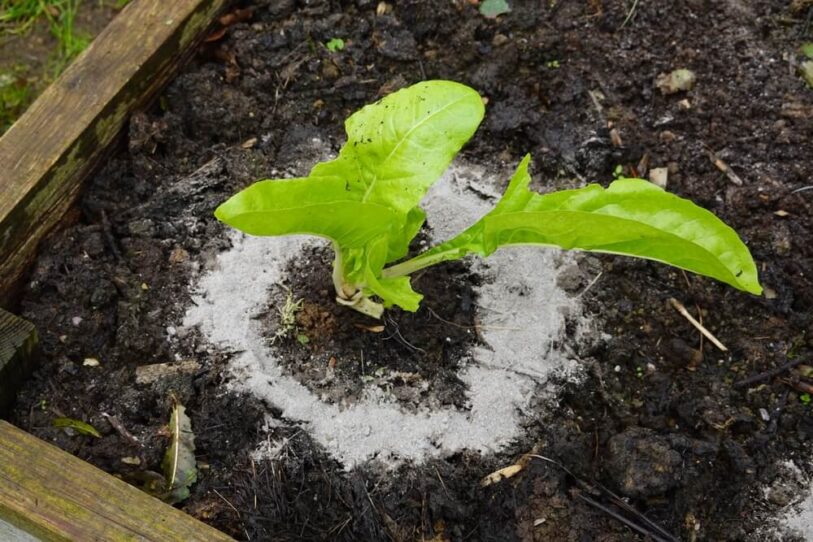
Why use volcanic rock dust for plants?
Rock dust offers numerous benefits for your garden. Let’s examine the best arguments for using this remarkable soil improver in detail.
Better soil, stronger plants
Volcanic rock dust improves every soil type—whether you have sandy soil or heavy clay. It enhances soil aeration, which directly promotes better water retention and root development. Sandy soils retain water and nutrients more effectively, whilst clay soils become more friable and drain better.
The brilliant aspect is that this organic soil improver contains over 80 minerals and trace elements in perfect proportion. Your plants receive all essential building blocks like calcium, magnesium, iron and silica. These minerals work together to ensure healthy growth and robust cellular structures.
Lava rock against fungi
One of our favourite benefits of volcano lava rock is the silica effect: It strengthens plant leaves, reducing their susceptibility to fungal infections. By dusting, you create a natural protective barrier against fungal infestations. In other words: volcanic rock dust helps to increase the pest resistance.
The silica also makes your plants more resilient to extreme weather conditions like drought, heat and frost. This is because it strengthens cell walls and activates plants’ natural defence systems. Drought resistance is especially desirable in the Southeast of the UK.
Rock dust against slugs and other pests
Troubled by slugs in your garden? Volcanic rock dust offers an effective solution. Sprinkle it around your plants to create a barrier that snails won’t cross. The dry structure causes slugs to dehydrate if they attempt to cross it. Learn more about snail control in our detailed article on the topic.
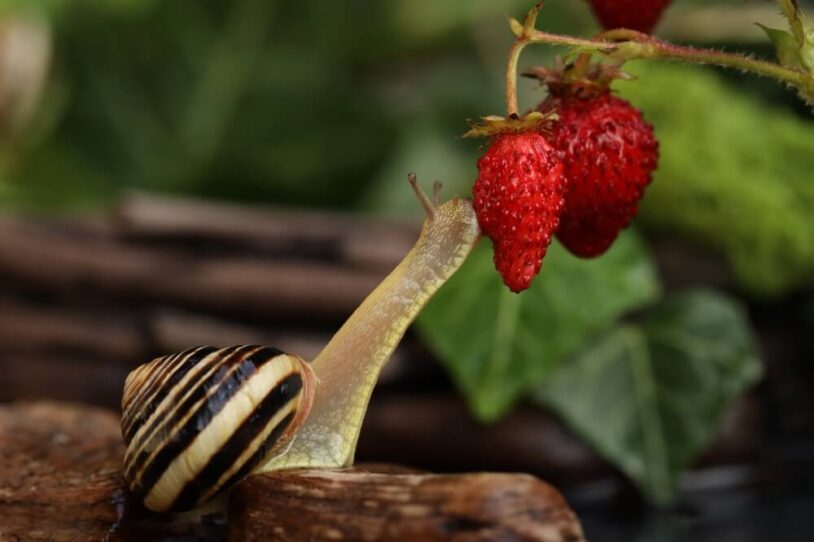
Other pests like aphids, spider mites, thrips, box tree moths and mealybugs also dislike volcanic rock dust. The fine particles draw moisture from their soft bodies and irritate them, causing them to leave your plants alone. Check out our other articles about garden pests for natural control tips.
Sustainable alternative to synthetic fertilisers
We’re always seeking eco-friendly solutions for the garden, and volcanic rock dust is simply perfect, as it’s a renewable resource derived from volcanic rock. It helps reduce dependency on synthetic fertilisers, making your gardening practices more environmentally conscious.
The best part? This organic soil improver works for years, whilst regular potting soil and humus deplete within six months. You can even halve the amount of fertiliser or mulch when using volcano lava rock. That’s what we call efficient gardening.
It’s worth noting that rock dust isn’t suitable for acid-loving plants like hydrangeas or rhododendrons. For these plants, it’s best to use a specialised fertiliser. Learn more about plant nutrients here.
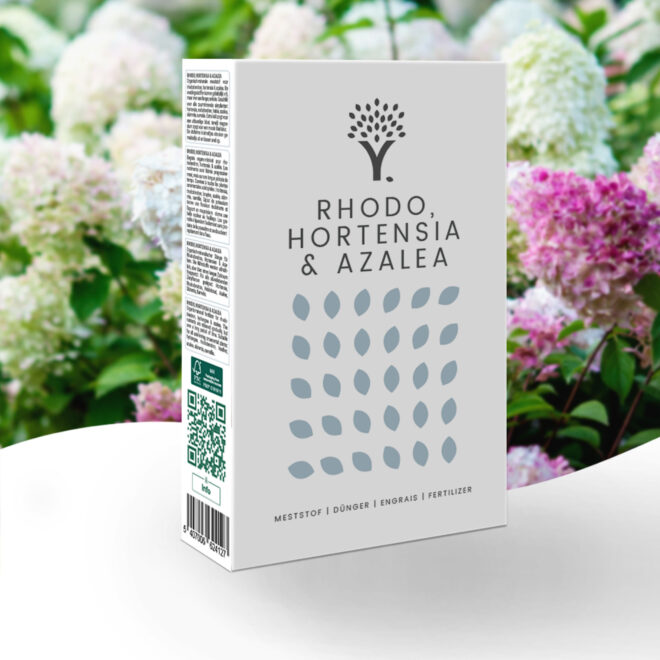
- Lasts for 120 days
- Slow release fertiliser
- Organic
Rock dust in the vegetable garden strengthens your produce
Our garden expert Louis has been experimenting with volcanic rock dust in his vegetable garden to increase soil fertility for years. The difference between untreated vegetables and those nourished with volcanic rock dust is astounding. This volcanic wonder powder is essential for any vegetable garden.
Healthier vegetables, bigger yields
Did you know that rock dust provides your vegetables and herbs with a natural protective shield? The high silica content creates thicker cell walls, making your plants more resistant to diseases and pests. It’s like a natural bodyguard for your vegetable patch!
We recommend dusting the leaves with rock dust every fortnight. This creates a protective layer that keeps fungi at bay. The leaves become so tough that insects literally can’t get their teeth into them.
The minerals in volcanic rock dust are like a multivitamin for your plants:
- Iron for healthy growth
- Manganese for robust root development
- Zinc for improved fruit formation
- Magnesium for powerful photosynthesis
Richer, more flavourful yields
You don’t just get an improved yield with and healthier crops with volcanic rock dust as an organic soil improver; they also produce more abundant and tastier vegetables. The secret? The minerals in the volcano lava rock ensure higher sugar and starch content.
An additional benefit we’ve discovered: vegetables grown in soil enriched with rock dust stay fresh longer. The enhanced cell structure significantly delays spoilage.
Spread 250 g of volcanic rock dust per square metre in your vegetable garden. This allows you to halve the amount of fertiliser or mulch, as the rock dust makes other nutrients more readily available. It ensures optimal utilisation of phosphorus, potassium, calcium and magnesium. Your extra care will be rewarded with healthier, tastier and more productive plants. You can literally taste the difference!
Applying rock dust: proven methods
Now that you understand what volcanic rock dust is and why it’s so valuable, let’s look at proper application. These methods will help you get the most out of this organic soil improver.
When to apply volcanic dust?
Whilst you can use rock dust throughout the year, we particularly recommend spring and autumn for application. In autumn, the dust has all winter to release its minerals. Check the weather forecast and choose an overcast day – or spread after a rain shower – never in strong winds! After spreading, water lightly or add worm compost from wormeries. This prevents drift and ensures better absorption.
How much rock dust per m²?
Here are the recommended amounts of rock dust per m²:
- Ornamental garden: 100 to 200g per m²
- Vegetable garden: 200 to 400g per m²
- Lawn: 200 to 400g per m²
- Fruit cultivation: 400 to 450g per m²
Dissolving rock dust in water
Want to make your volcano lava rock even more effective? Dissolve it in water! Here’s how:
- Use 30g of volcanic rock dust per litre of water
- Use lukewarm water for better dissolution
- Stir until completely dissolved
- Apply directly to your plants using a watering can
This method is our insider tip for quick results, especially for weaker plants needing a boost.
Rock dust for pest control
You can also use volcanic rock dust effectively for pest control:
Use a powder duster for optimal distribution. Calculate approximately 250g per 100m². Choose the right timing: early morning or evening. Ensure no rain is forecast for the next 12 hours.
Important: Repeat the treatment every 2 to 3 weeks during the growing season (March-October).
Rock dust in compost heaps
Finally, let’s look at using volcanic rock dust in compost heaps. It accelerates composting and binds CO₂.
Sprinkle this organic soil improver between each compost layer – about 10kg per m³. This prevents valuable nutrients from being lost.
FAQ about rock dust
This organic soil improver is safe for most plants but isn’t recommended for acid-loving plants like rhododendrons, azaleas, heather, and blue hydrangeas. For other plants, it’s an excellent soil enhancer.
This volcanic rock dust is rich in essential minerals such as calcium, magnesium, and potassium, which promotes robust plant growth. It enhances soil structure, water retention, and soil biodiversity. Moreover, it strengthens plants’ natural resistance against diseases and pests.
Yes, indeed! It actually enhances the effectiveness of additional fertilisers, allowing you to halve the amount of artificial fertilisers or farmyard manure you’d normally use. This organic soil improver also enhances plants’ absorption of crucial minerals like phosphorus, potassium, calcium, and magnesium.
Volcanic dust—a powdery treasure for your garden
Volcano lava rock dust is a brilliant addition to your gardening routine. This volcanic wonder doesn’t just provide essential minerals for healthy plant growth; it offers natural protection against diseases and pests.
It’s completely natural and safe for humans, animals, and the environment. Regular application not only makes your garden more resilient against drought, diseases, and pests but also contributes to more sustainable gardening practices.
If you have questions about using rock dust, we’re here to help. Simply leave your query in a comment below. Looking for more gardening inspiration and tips? Check out our articles about organic fertilisers, soil types and algae fertiliser.
Happy Gardening!
-
Orchids: A Complete Guide on How to Care for ThemWant to give your orchid the best possible care? Discover essential tips from placement to watering and pruning. Learn everything you need to know!Read more
-
Growing Wisteria Made Simple: From Planting to Perfect BloomsWith blossoms like a purple waterfall, Wisteria sets an almost magical and colourful mood. If you want to grow this beauty in your garden, you’ll need a bit of patience. Don’t worry, it will most definitely pay off.Read more
-
How to Build a DIY Greenhouse: A Practical Guide for Smart SpendersImagine extending your growing season throughout the year, nurturing tender plants regardless of the weather, and creating a personal garden sanctuary. This is precisely what a DIY greenhouse offers you. Let’s learn how to build one.Read more
-
How to Grow Eucalyptus in British GardensWith a little love and care, eucalyptus trees can thrive in English gardens. Since they don’t germinate well without proper help, there are not considered invasive. So, there is no reason not to plant them if you enjoy their looks.Read more
-
Transform Your Garden with All-Year-Round Flowering PlantsDid you know you can enjoy blooming flowers even in January? With the right selection of all year round plants, there’s no need to wait until spring to add some colour to your garden.Read more
-
How to Create a Butterfly Garden: A Simple Guide for British GardensThe UK's butterfly population includes 59 different species. These beautiful winged creatures face a steady decline because of habitat loss, pollution and changing weather patterns. Your garden can become a vital link between nature reserves and natural habitats. Let’s explore how.Read more
-
How to Use Landscape Fabric ProperlyIf weeds or erosion in your garden are troubling you, landscape fabric might be the solution. We’ll explain how and when to use it properly, just keep on reading.Read more
-
Hostas: A Complete Care GuideIf you have a north-facing garden or some shady corners on your property, hostas are the plants for you. These green delights thrive particularly well in partial to full shade and require consistently moist soil to perform at their best.Read more
Leave a comment
Your answer will be displayed on the site and the interested party will be notified by email.
Leave a comment
Have a question or want to share your experience? Leave us a comment.
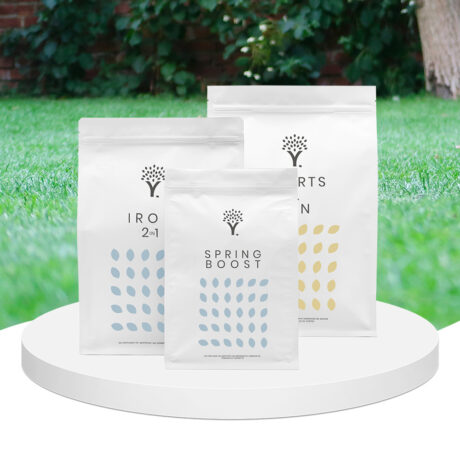
- Order by 2PM = shipped today
- 250.000+ satisfied customers!
- 60 day satisfaction guarantee
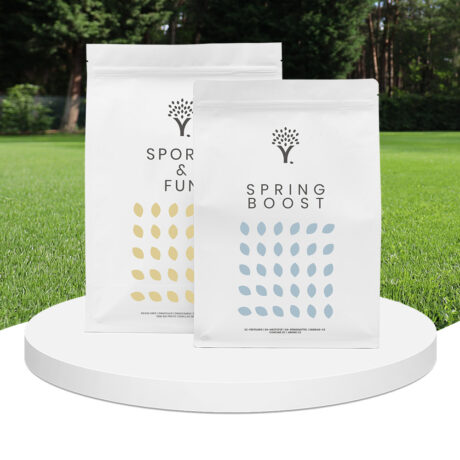
- Order by 2PM = shipped today
- 250.000+ satisfied customers!
- 60 day satisfaction guarantee

🌱 All important maintenance moments for your lawn during the year. Leave your email and we will send you the lawn calendar for free.
Enter your email
Receive the lawn calendar in the mail
Enjoy a green lawn all year round!






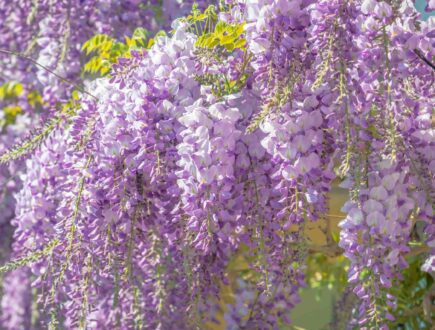

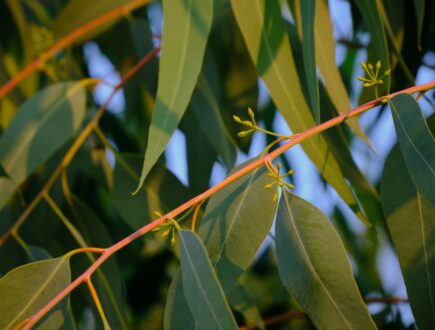
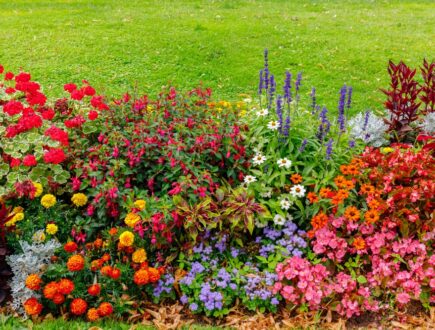

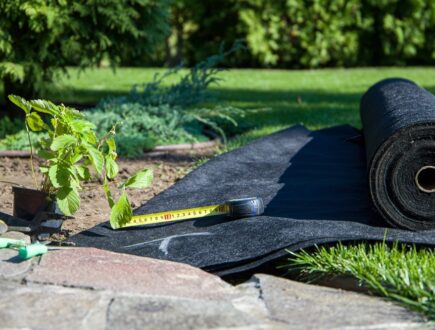

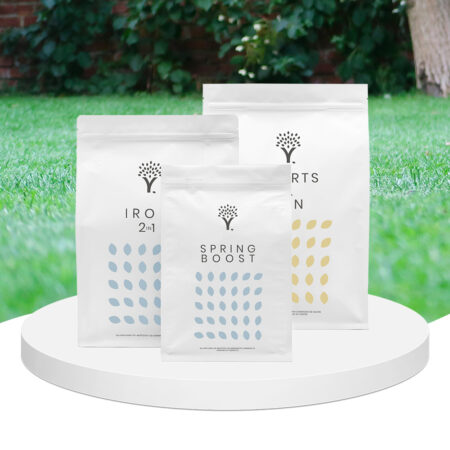
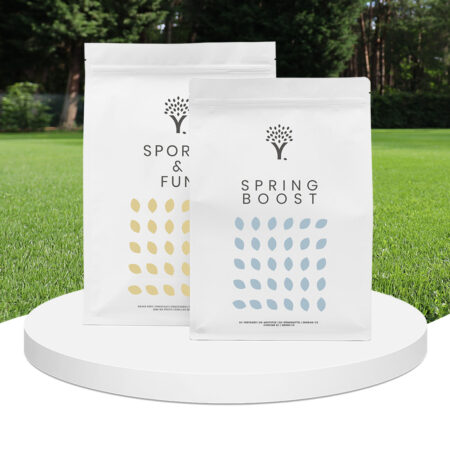

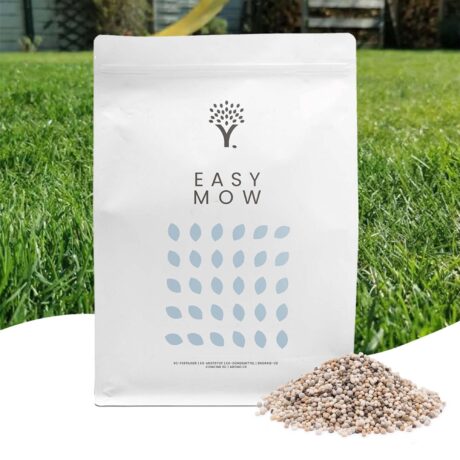

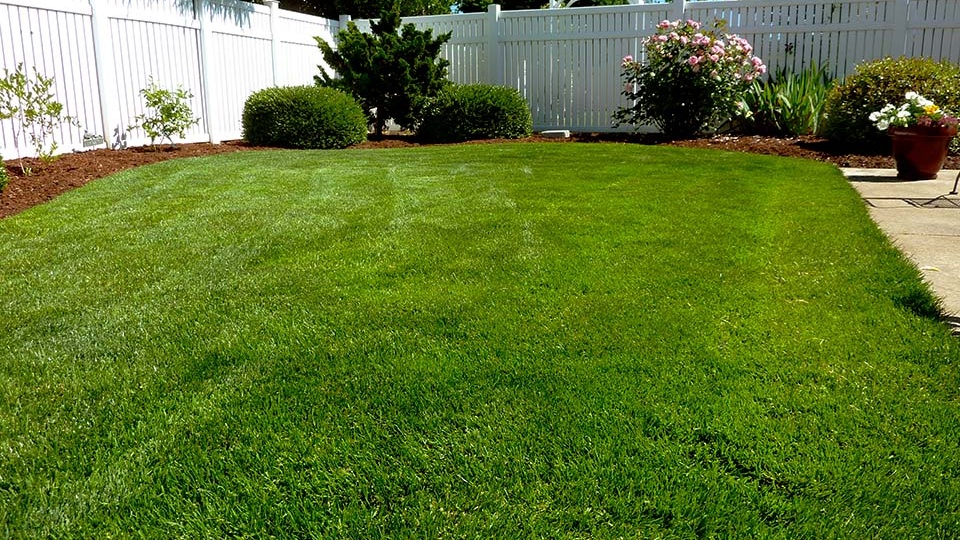

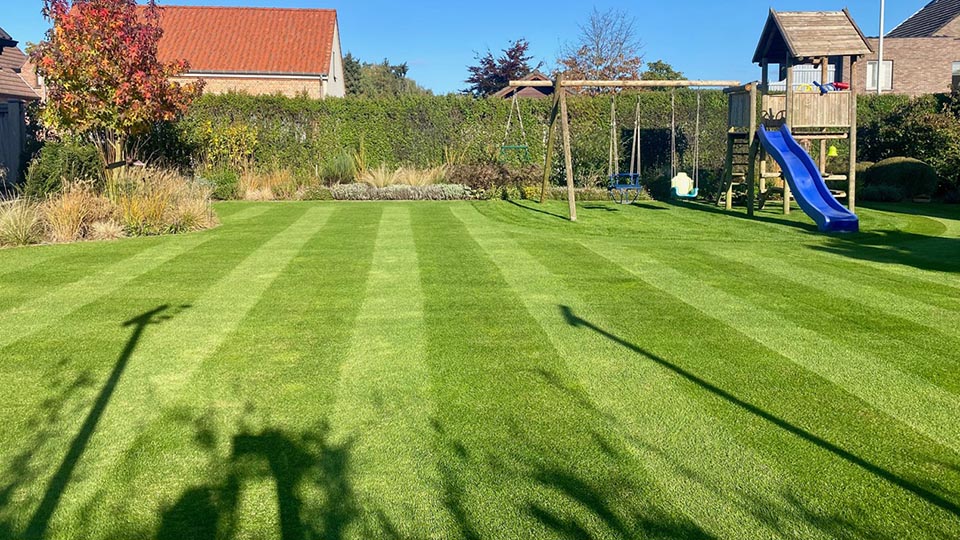
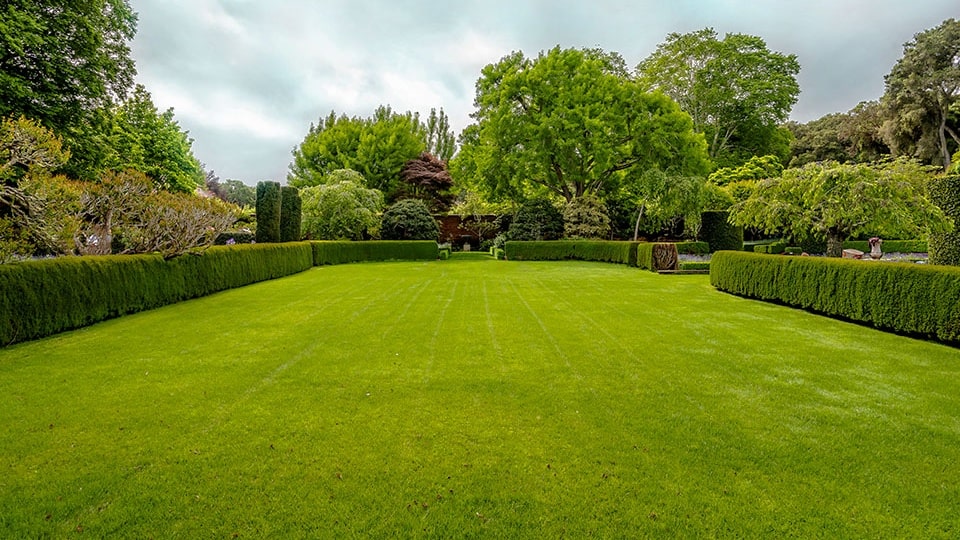
Comments (0)
There are no comments yet. Well then, what are you waiting for to
Be the first to write your comment!inaugurate this pretty page?
Do you have some comments?